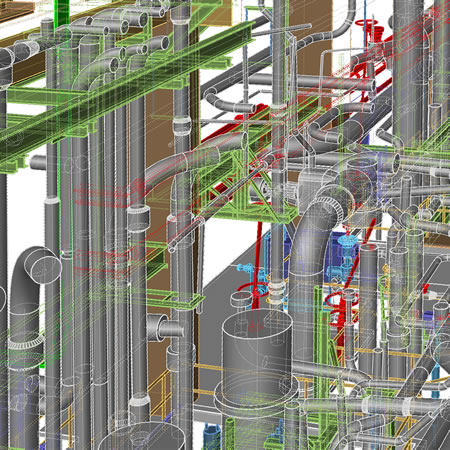From quill to mobile

If you read this blog regularly, you'll be familiar with my discussion of how little has changed in a century of paperwork. We went from ink, quills, parchment scrolls, and tally sticks to the typewriter, metal filing cabinets, and formal snail mail systems in the industrial revolution.

Since then, we've basically digitized the document/mail/filing work paradigm. Business contracts have been documents, typically requiring formal signatures, and the fax machine is still an essential bit of kit in many law offices and paper-contract-heavy businesses. Asian calligraphic cultures rely on hand written documents, so fax and scanning are especially dominant for those transactions and communications.
As we exit the PC era, it's worth pondering how we went from main frame computing of business processes, thin client terminals, and typewritten documents to the desktop computer. The desktop-PC revolution empowered individuals to be able to create content (and print it on paper), and that ultimately resulted in the Microsoft Office juggernaut of Excel number crunching, Word documents, Powerpoint slides, and using Outlook digitized mail. This was then augmented with the digital "filing cabinets" content management Sharepoint.
Today, Microsoft Office is moving to a cloud model, and huge numbers of businesses continue to make it their collaborative backbone. A well understood aspect of cloud computing is the ability to share large files and documents with services such as Dropbox, Box, and many others, which are effectively a new generation of remote filing cabinets and package pickup locations.
Mobile is now rapidly transcending the PC form factor, but the Victorian document>mail>file model persists, and this is arguably the process "buggy whip" of our era since there are so many more efficient ways of working, and since modern society is transforming so fast.
A buggy whip is a horsewhip with a long stiff shaft and a relatively short lash, used for driving a horse harnessed to a buggy or other small open carriage, which, of course, were rendered obsolete by motor vehicles. Incidentally, the term "dashboard" originally applied to a barrier at the front of a horse-drawn carriage or sleigh to protect the driver from mud or other debris "dashed" (thrown) up by the wheels and horses' hooves. Gauges were attached to it instead of horses on early motorized carriages, and the term endures today, albeit with digital GPS, etc. The term endures, but the original meaning is long gone.
Documents, contracts, spreadsheets, and email aren't going to go away, of course, because our society produces more of everything, but the reality is that we are past the breaking point in many businesses with digital paperwork. There are many areas where this way of working is obsolete, but the lowest common denominator and familiarity persists.
Cloud computing's rise has coincided with the explosion of mobile, and this has placed immense strain on working practices, but centuries of document culture persists. A common phenomenon I come across is meeting with companies who have a single person whose job role is a quarter or an eighth looking at collaboration and associated social software options. The rookie "ready, fire, aim" error of expecting "adoption" to miraculously flower in viral ways after buying software and unleashing it on a delighted workforce is typically the rationale for this part-time focus.
Too busy working in very inefficient ways to explore ways of eliminating complexity, the result is often hastily adding a new layer of places to put materials and discuss work on top of everything else. This is why there are plenty of tumble weed city communities left over from the first wave of Enterprise 2.0 — it's relatively easy to initiate a new community, much harder to design reasons for it to endure and become part of workflow. This worked very well for those selling software seat licenses in the short term, but as most are now aware it's quality not quantity that counts in establishing contextual collaboration around specific processes as part of the flow of work.
In the productivity world, there's a war going on around where the center of work is located — it's a bit like the magnetic north pole of our planet, which wanders and will eventually switch hemisphere with the south pole. The center of work is often seen as fundamental, just like the magnetic north (and therefore south, east, and west), but the reality is that work centers are shifting and continue to move.
Work centers are, of course, defined by what individuals and teams are doing — so simplistically, if you're a lawyer, your world is typically all about document flows, but if you're in research and development, your ways of working are far more about gathering, analyzing, and creating knowledge.
The central core of work shifts based on the ways the different parts of a firm need to collaborate — a confluence of legal, R&D, production, and so on. Unless you get that under control and collectively in focus, you are working in very inefficient ways.
It's not particularly sexy, but without this intent and continued monitoring, it's very hard to introduce innovation and other intelligence amplifiers into an organization. People are too busy drowning in century-old traditions of working together.